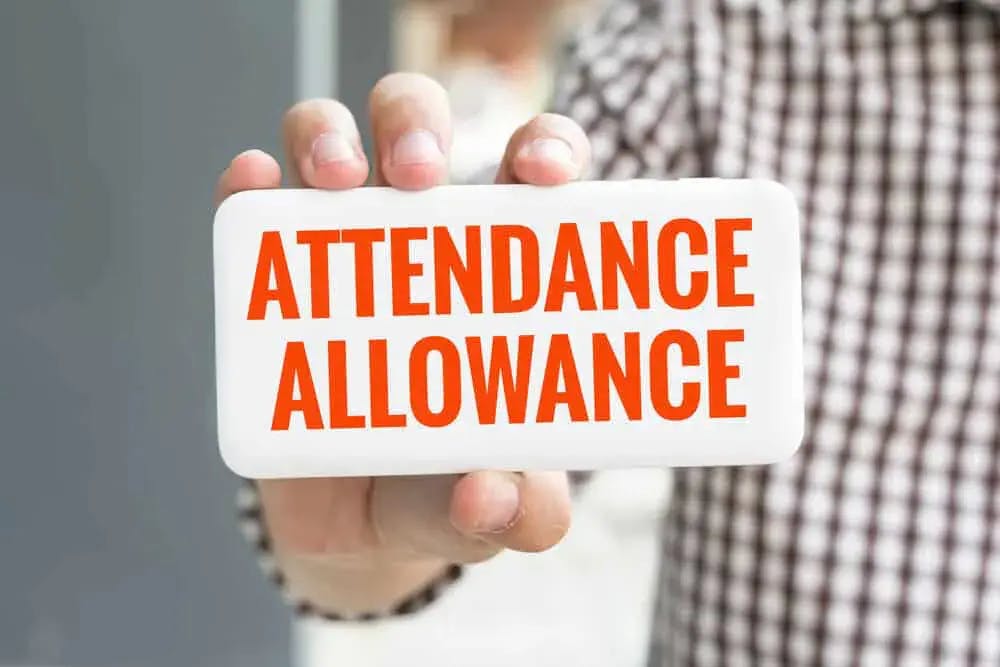Pension Tracing Service - How To Find a Lost Or Old Pension

Estimated Reading Time: 6 minutes
When changing jobs or moving house, pension details are often misplaced, which is why almost one in five people lose track of at least one pension pot.
The good news is that finding a lost or old pension is often really simple. GOV.UK has created a handy Pension Tracing Service, and there are other methods for tracing your old pensions as well, which we’ve gone over in this article.
Where would you like to live?
Browse the best retirement homes near you through Lottie.
In this article:
- Pension Tracing Service
- Other ways to trace old or lost pensions
- Is it worth finding an old pension?
- Why retirement planning is important
Use the Pension Tracing Service To Trace Old Pension Schemes
One of the most popular ways to trace an old or lost pension is using the Pension Tracing Service.
This government service will trace any pension you’ve lost track of, even if you don’t have the pension provider’s contact details or your pension number. It searches a database of over 200,000 workplace pension schemes and personal pension schemes to locate the contact details you’re looking for.
The free Pension Tracing Service will tell you the contact details of your pension’s administrator, and you can then directly contact the administrator to find out whether or not you have a pension with them. When doing this, you can also ask for the pension’s value and for it to be paid out.
You can use the Pension Tracing Service to search for a lost pension, or you can phone the Pension Tracing Service on 0800 731 0193.
The Pension Tracing Service will provide contact details for:
- Your own workplace pension scheme or personal pension scheme
- Somebody else’s scheme (provided you have their permission)
Before using the service, collecting the following information will help to speed up the process:
- The name of your previous employer (and any other names it had) or pension service
- The type of business they ran and the sector they operated in
- Your employer’s current address and previous addresses (if relevant)
- The date you joined the company
- The date you left the company
- The dates on which you joined and left the pension scheme
Other Ways To Trace Old Or Lost Pensions
Using your NI number and contacting HMRC
Aside from using the Pension Tracing Service, one of the most common ways to trace pensions and find a lost pension is by sending your National Insurance (NI) number to HMRC. This is particularly useful if you had a State Earnings-Related Pension Scheme (SERPS pension).
The SERPS pension was created by the Government to top up the State Pension and existed from 1978 to 2002 before it was replaced by the State Second Pension.
Opting out of the SERPS pension was known as ‘contracting out’. When contracting out, people instead redirected their NI contributions into a personal pension scheme. People did this in the hope of getting a higher retirement income than what they would have gotten through SERPS.
When contacting HMRC with your NI number (this can be found on payslips), you should provide other personal details such as your full name, date of birth, current address and any previous addresses.
It’ll take HMRC around 30 days to respond. They’ll provide the details of any pension providers you paid into as a result of opting out of SERPS. You’ll then need to individually contact these providers to see how much each pension is worth and whether you’re able to access them.
From an old job
The easiest way to trace a workplace pension (a scheme organised by your previous employer) is by contacting the employer themselves. You’ll need to do this for each company you worked for.
Get in touch with your previous employers and provide the following information:
- The date you joined the company
- The date you left the company
- The dates on which you joined and left the pension scheme
- The name of the company (if this name has since changed)
- The address of the company (if this address has since changed)
When contacting your previous employer, be sure to ask the following questions:
- What type of plan is it? (It could be a defined benefit scheme, a defined contribution scheme or something else)
- Which pension provider is your pension with? (You don’t need to ask this if it’s a defined benefit scheme)
By following these steps, your old company should be able to point you in the right direction regarding the pension provider they contributed to for workplace pensions while you were working there.
You’ll then want to get in touch with the provider themselves (see the section below for more information on this).
By directly contacting the provider
If you remember who your pension provider was, you can directly contact them. When doing so, you’ll want to provide as much information as possible, including your name and address, your date of birth and your National Insurance (NI) number. If you have it, it’ll also help to give your unique pension plan number and the date the pension was created.
If you have multiple pensions, you’ll need to repeat this step for each different pension provider.
Is It Worth Finding An Old Pension?
The Department for Work and Pensions (DWP) estimate that by 2050, there could be as many as 50 million dormant and lost pension pots in the UK.
What’s more, the total estimated value of lost pension pots in the UK is around £37 billion. Across 1.6 million pension pots, this makes the average lost pension worth around £23,000.
We’d say that figure alone is reason enough to locate your old pension if you think you might have one!
What’s more, many older pensions are more expensive than recent ones. This means more of your pension savings could be getting eaten into by fees as you read this. These savings might not be in a well-performing pension fund either, meaning they’ll be unable to grow to their full potential. Quickly addressing this will leave you with more savings.
Bear in mind that you’ll no longer be entitled to a pension left unclaimed for six years after your chosen retirement age. This could lead to an aforementioned £23,000 loss in savings, or potentially much more!
Why Retirement Planning Is Important
Planning for retirement is really important, and being financially stable in later life will make a huge difference to your mental health. Here are some reasons why retirement planning is important:
- Knowing exactly how much money you’ve got coming in and going out makes financial planning and spending much easier. If you’ve got plenty of money left over, this can be put aside for loved ones, or charitable donations
- Lower stress levels, resulting in better health
- By properly planning for retirement, you’ll likely pay less in taxes
- By planning ahead, being forced into an early retirement won’t seem quite so scary
- Having an eye on the bigger picture will help you make sensible decisions
We’re on a mission to support individuals and their loved ones throughout each stage of their later living journey. For more information, check out everything Lottie has to offer.
Frequently Asked Questions
What information is needed to trace a lost pension?
When contacting a previous pension provider, be sure to provider your pension plan number (if you have it), the dates on which you joined and left the pension scheme (if known), your date of birth, your current and any previous addresses, and your National Insurance (NI) number.
How do I find a lost UK pension from abroad?
If you’ve moved abroad, the process of recovering a lost or old UK pension is still broadly the same. You can do this by contacting your old employer, speaking to old work colleagues (as they may know the contact details for the pension scheme administrator) or using the Pension Tracing Service.
When using the Pension Tracing Service, you’ll need your National Insurance number, prior UK addresses and previous dates of employment.
What happens to all my old pensions?
Any old pensions will continue to be managed by your pension provider. They’ll also continue growing in line with its investments. Many old pensions can also be combined. Your current or previous employer isn’t able to take away your pension.
Free Care Fees & Funding Email Course
Written by our team of experts and designed to help families fund later life care in England.



